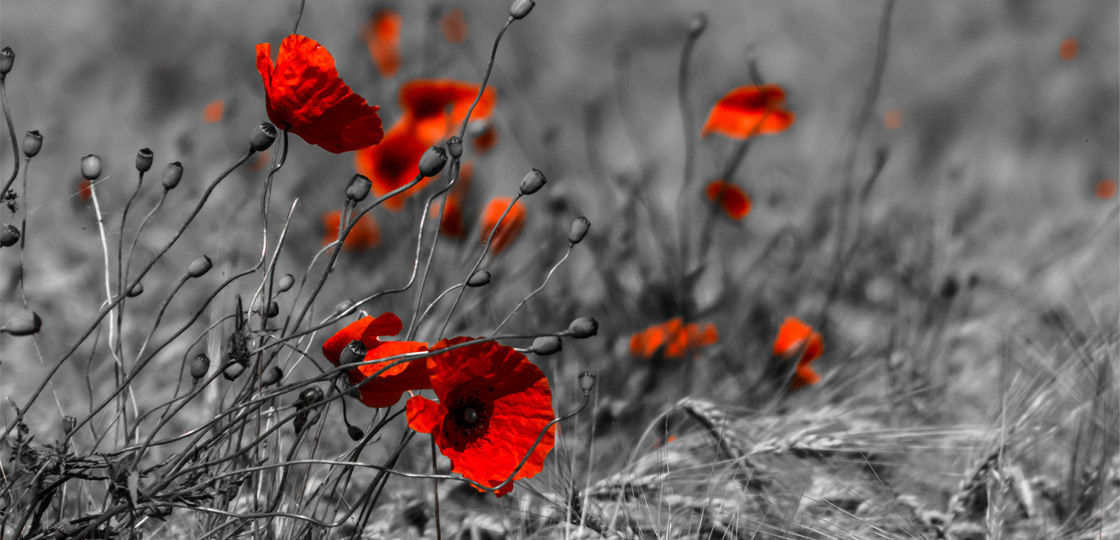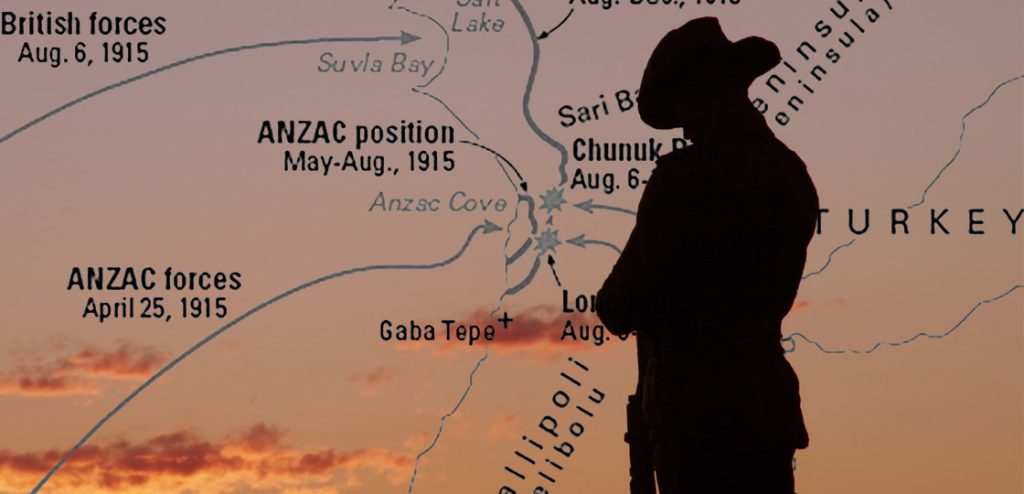Anzac Day

Anzac Day
On April 25, 1915, some 75,000 soldiers from Australia, France, New Zealand, and the United Kingdom landed on Gallipoli Peninsula in Turkey. At that time, it was the largest military landing in history.
In World War I, the Central Powers—Germany and Austria-Hungary—fought against the Allies—an alliance that included the United Kingdom, France, and Russia. As the war progressed, additional countries joined each alliance. Australia and New Zealand, former British colonies, entered the war as allies of the United Kingdom. Their combined force soon gained the name ANZAC (Australian and New Zealand Army Corps).
The Ottoman Empire, centred in what is now Turkey, entered the war as a German ally in October 1914. Ottoman forces attacked Russian ports on the Black Sea, and Ottoman troops invaded Russia, passing over the Caucasus Mountains in southwestern Russia. In addition, the Ottoman Empire closed the waterway connecting the Aegean and Black seas. This move blocked a crucial sea route into southern Russia. Russia appealed to its allies for assistance in fending off the Ottomans.

In early 1915, British and French naval forces attacked the Dardanelles, a strait that forms part of the waterway between the Aegean and Black seas. The Ottoman capital, Constantinople (now Istanbul), was on the Bosporus, another strait along that waterway. The Allies wanted to reopen the supply route to Russia and capture the Ottoman capital. However, the assault on the Dardanelles was unsuccessful.
Allied forces then planned an attack on Gallipoli, which stands on the Aegean Sea at the entrance to the Dardanelles. The initial landing took place on April 25.The force consisted mainly of British soldiers and ANZAC troops. Several thousand French troops also joined the invasion force.British forces landed at Cape Helles, on the tip of the Gallipoli Peninsula. ANZAC troops landed at Gaba Tepe (later known as Anzac Cove), more than 16 kilometres north. French troops launched a diversionary attack (an attack intended to draw attention away from the main attack) across the strait.
Following the French and British naval attacks earlier in the year, the Ottomans had strengthened their defences on the peninsula. About 84,000 Ottoman troops awaited the assault. Allied leaders underestimated the Turks’ defences, as well as the difficulty of the peninsula’s terrain. The invading troops encountered heavy enemy fire. Soon after the landing, Ottoman and Allied forces became locked in brutal trench warfare.The Ottomans held their ground, leaving the Allied forces mostly confined to the beaches. Both sides suffered heavy casualties (people wounded, captured, or killed). By the end of July, combined casualties topped 100,000. Each side brought in thousands of reinforcements.
After many months and little progress, the Allies decided to abandon Gallipoli. In December, about 83,000 troops were removed from the site. The final Allied forces left Cape Helles on Jan. 9, 1916.
The Gallipoli campaign was a disaster for the Allies. It was hardly better for the Ottomans. Turkey suffered more than 250,000 casualties, including 87,000 dead. Allied casualties were about the same, with more than 40,000 killed.
The campaign was particularly hard for ANZAC forces. More than 8,000 Australian soldiers were killed in action during the Gallipoli campaign. More than 19,000 Australian soldiers were wounded. More than 2,700 New Zealanders were killed, and more than 4,700 were wounded. During the eight-month campaign in Gallipoli, the ANZAC forces gained a reputation for bravery and skill. In Australia and New Zealand, Anzac Day is observed each year on April 25 in honour of people who have served in the armed forces of the two countries.
Other World Book information:
- Gallipoli campaign (an article)
- Gallipoli campaign (a timeline)
- Simpson and his donkey
World Book Online has a wealth of resources about the Gallipoli Campaign and Anzac Day. Click here to see what’s available.
If you don’t currently subscribe to World Book Online but would like to learn more please request a free trial for your school or public library, here.
RECENT POSTS & TIPS
- Anzac Day
- International Women's Day
- Australian women's rights campaigner Vida Goldstein
- SALE! 2023 WORLD BOOK ENCYCLOPEDIA
- Australian Aboriginal Languages
- Beware the Bunyip
- Shark
- From Bees to Honey
- World Book Wizard has arrived!
- World Book Online: Winners and Finalists at the 2021 EdTech Cool Tech Awards!
- Computer Science
- Help Build Reluctant Readers’ Confidence



